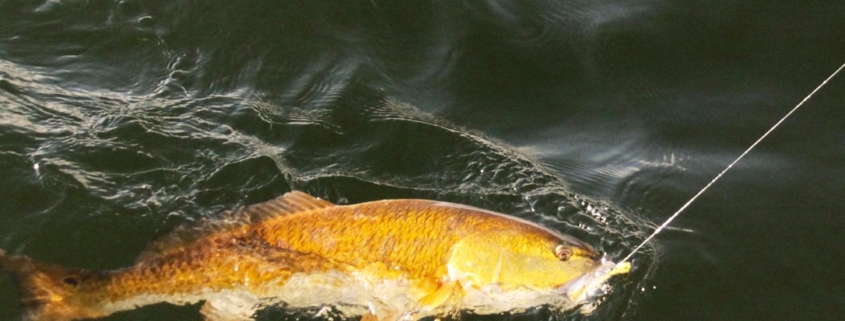 Jona Magnusson
Jona MagnussonThe line kicks
When a fly line is cast without a leader it will kick. The caster loses his/her control over the fly line. If you doubt it stop reading now and try for yourself. …….. Ok, now you tried, and we can continue. The energy that usually propels the fly line, and straightens the leader, is still there, but now the energy has nowhere to go but back up the line, and the line kicks. Now, what happens when you cast a line with a leader? Voila, it doesn’t kick now. The energy in the line is now transferred (bleeds) into the leader. Of course, as all this is happening the energy of the cast dissipates because of the drag.
Enter physics
Moving mass (the fly line, leader and fly) is governed by a law of physics – the law of the conservation of momentum. It is a simple one, and for our discussion a useful one. When we cast a fly line and the loop starts to form, the rod leg of the line is stationary. The top/fly leg has all the momentum, but as it passes the apex of the loop and becomes the rod leg, it loses mass, but picks up speed. This increased speed is now dissipated by the drag (speed doubles – drag quadruples). At the end of the cast there needs to be just enough energy to turn over the leader and the fly. So, that energy needs to reach the fly. All explanations and theories of fly casting must be rooted in the laws of physics. If not, they are simply wrong.
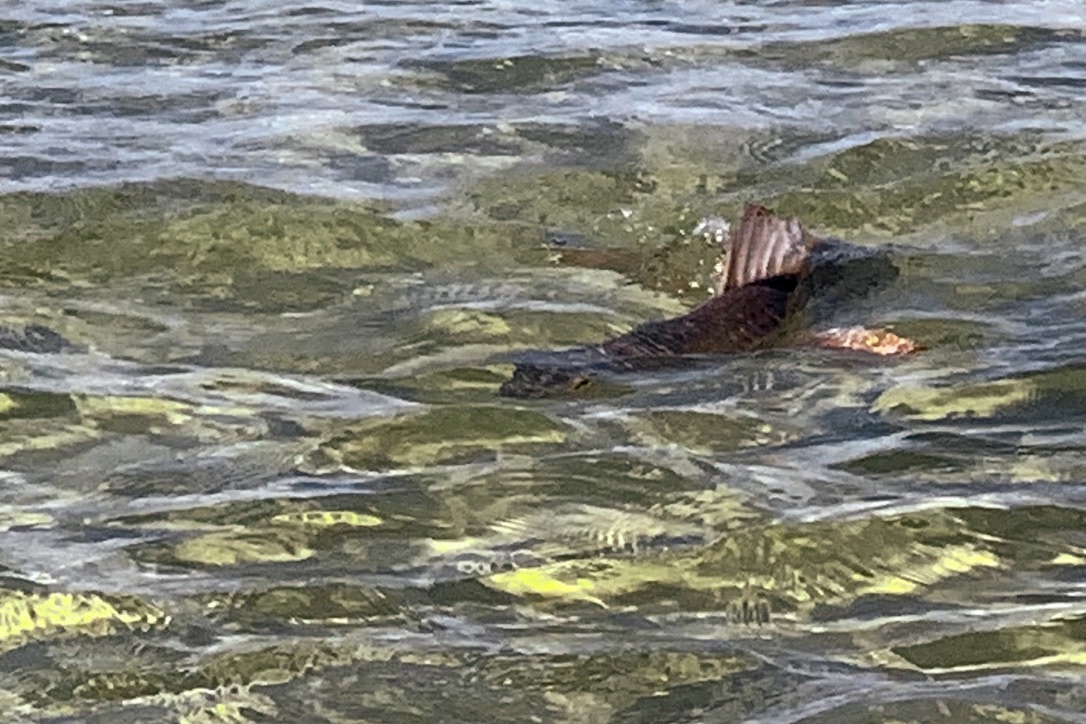
Noticed the fly line speed up?
From the formula (p=mass * speed) it is easy to understand — when mass decreases speed must increase. You have probably noticed that the line sometimes speeds up at the end of your cast – well, pay close attention next time you cast, and you can see this happen. The energy of the cast is moved through the mass of the line, and it is obvious that the energy in the line must transfer over to the mass of the leader. That transfer works to our advantage if the mass of the leader’s butt end is about the mass of the terminal level tip of the fly line. If the diameter of the leader’s butt is approximately 70% of the level tip of the fly line, we are in the game. You noticed that I was writing about the mass of this and that, and suddenly I am using diameters. Well, the greater the diameter of the leader material the heavier it is (more mass). We have these diameters printed on the leader info sheet (if there is no such info don’t buy that leader), and the butt and fly line tip diameter are easy to measure with a micrometer (yes, I do that!). Therefore, it is now easier to use the diameters in our communication.
Angler’s leader butt is generally too small
I can guarantee that most fly anglers will use a leader where the butt diameter is too small, and does not match the tip of the fly line (70% is enough). There is simply insufficient diameter/mass in the leader butt to transfer the energy from the fly line. That is a sure way to lose energy, and then the leader does not have enough energy to turn over, and the fly lands on the top of the sorry pile of a leader. I know this well because I have been there. This is when the demon whispers into your ear – “son, that ultra-fast new fly rod is what you need.” Yes, yes, yes and you rush off and buy the ultra-fast ……. fly rod, but you still cast bird’s nests. The road mostly untaken runs through coaching and practice. It is galling that such a simple remedy exists, i.e. just use a leader with enough diameter/mass in the butt section to turn over your leader and fly. However, folks generally do not understand this principle and suffer accordingly.
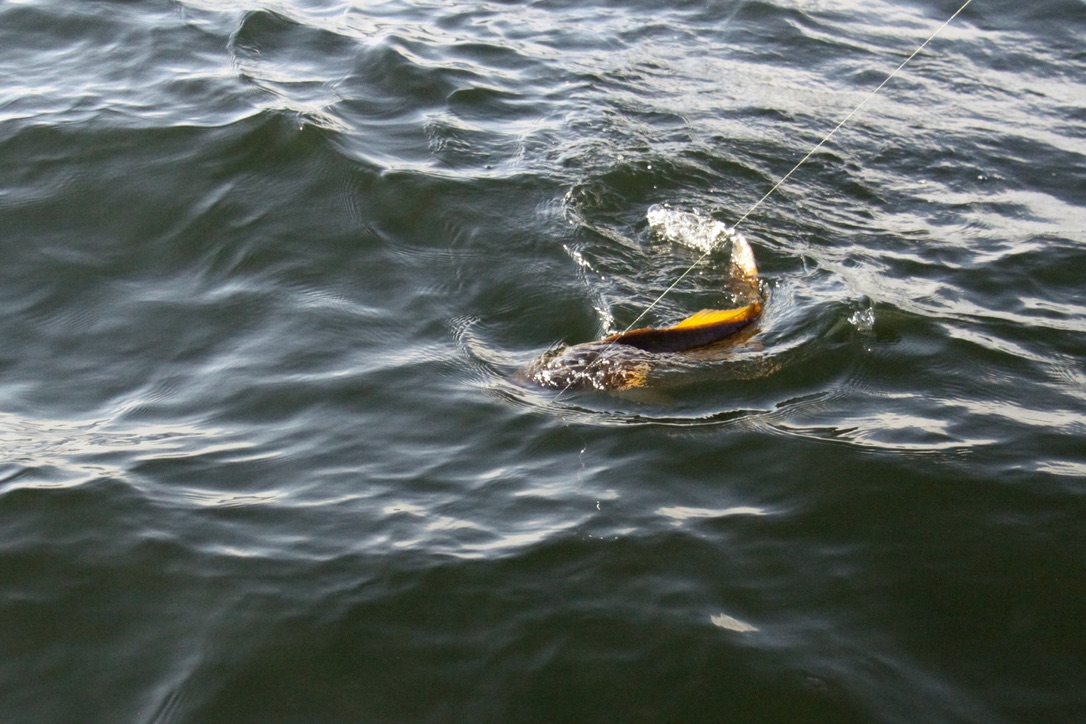
As the energy rolls along the fly line to the leader, the leader is dissipating energy (as it speeds up, the drag increases). Now, by having a tapered leader you also immediately realize — as the mass decreases the speed must increase (law of conservation of momentum), and thus we have generated enough energy to turn over even a heavy fly. It’s now obvious that we can cast a small fly with a longer leader than we can cast a heavy fly. It follows that sometimes by just shortening your leader, you can now turn over that heavy fly causing you so much trouble on your last trip.
Enjoy it more
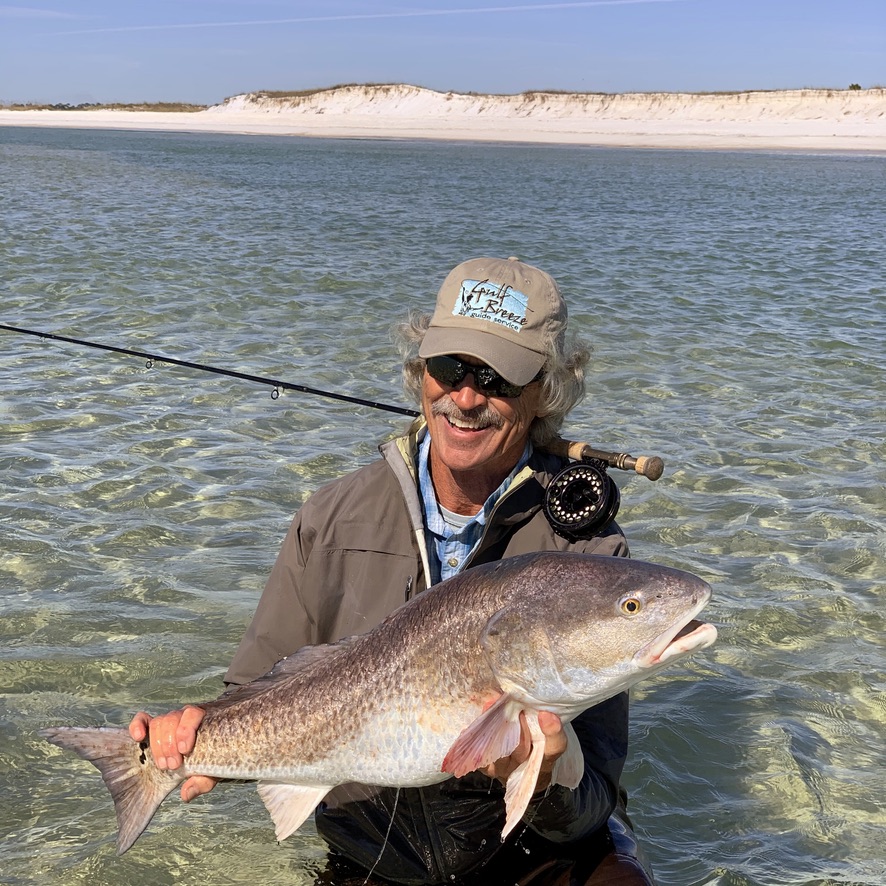
There is no absolute need for you to understand the physics of fly casting to enjoy the sport. However, you certainly will enjoy your sport much better when your cast improves, when you can turn over big heavy flies by paying attention to the butt end of your leader.
Morale of the story
So, the morale of this story is always to use a leader, whose butt’s diameter is somewhere around 70% of the tip of the fly line. This will ensure optimal transfer of energy from your fly line to your leader, improving your cast, and ensuring turnover of heavier flies.
What to look for
A note on leader purchase. Leaders are sold in small packets where you will probably only see indicated the breaking strength, and perhaps some X designation (salt anglers do not care about the X denotation). However, the X designation is useful for trout fishermen for diameter, and relates to suppleness, and strength too. Armed with this new advice of matching the butt of the leader to your fly line, you should be looking for Length, Tippet Diameter, Butt Diameter, and Break Strength. If no such information is divulged, do not buy the leader. (see picture below)
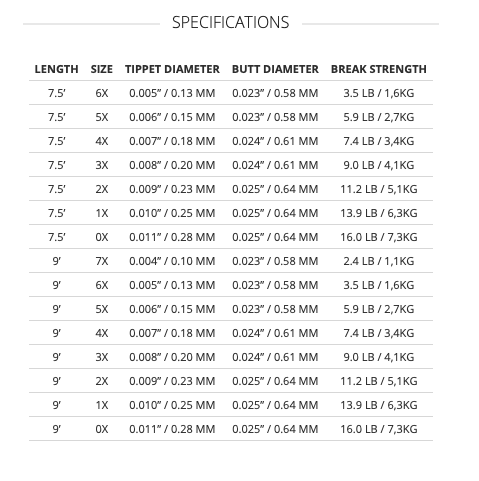
English consultant: My good retired neighbor Joe
More on leaders from my web book
https://everyjonahhasawhale.com/?page_id=1246
Here is a lecture on matching a fly line and a fly rod.
Technical consultant: Bruce Richards

